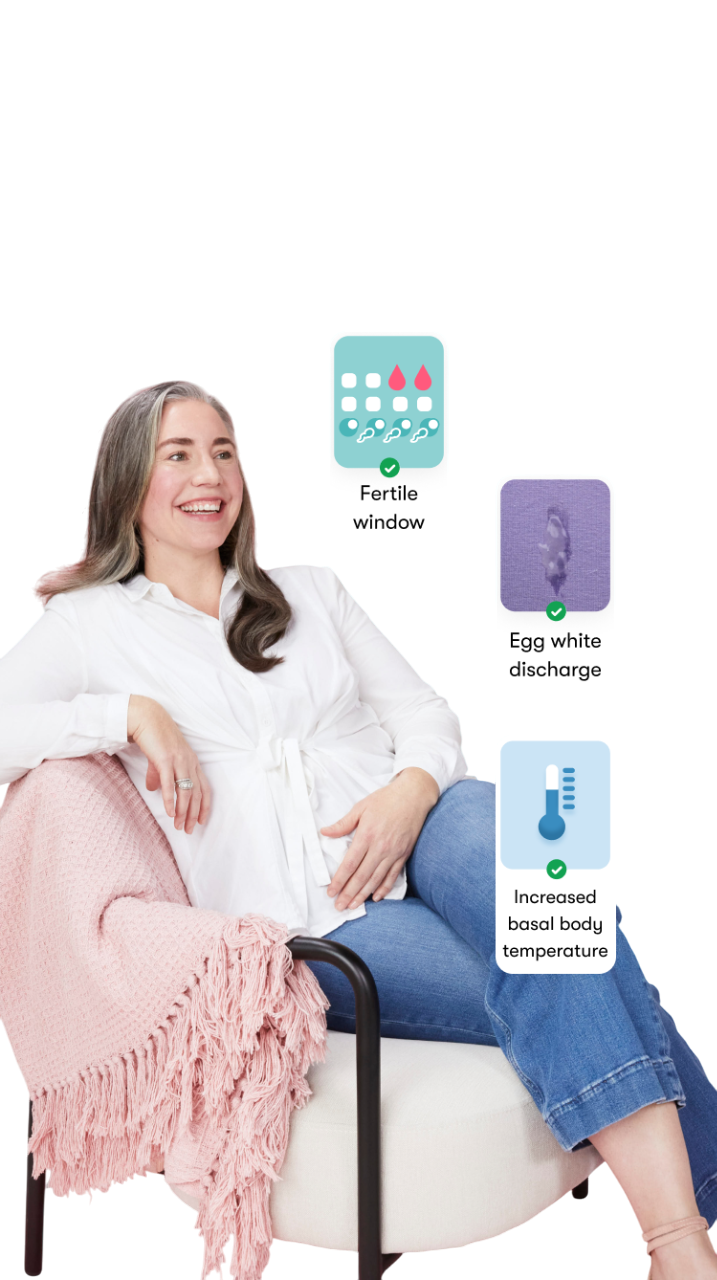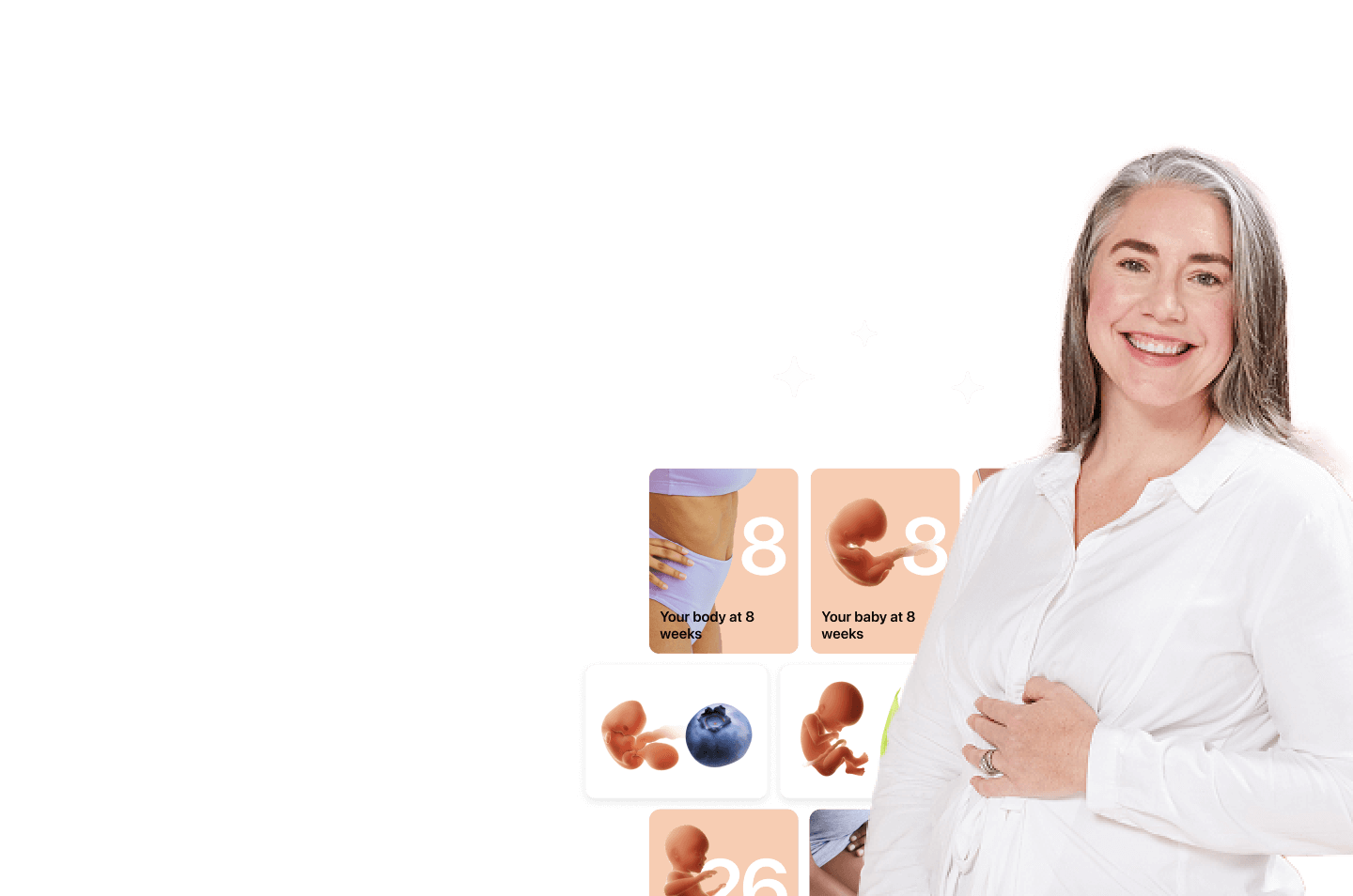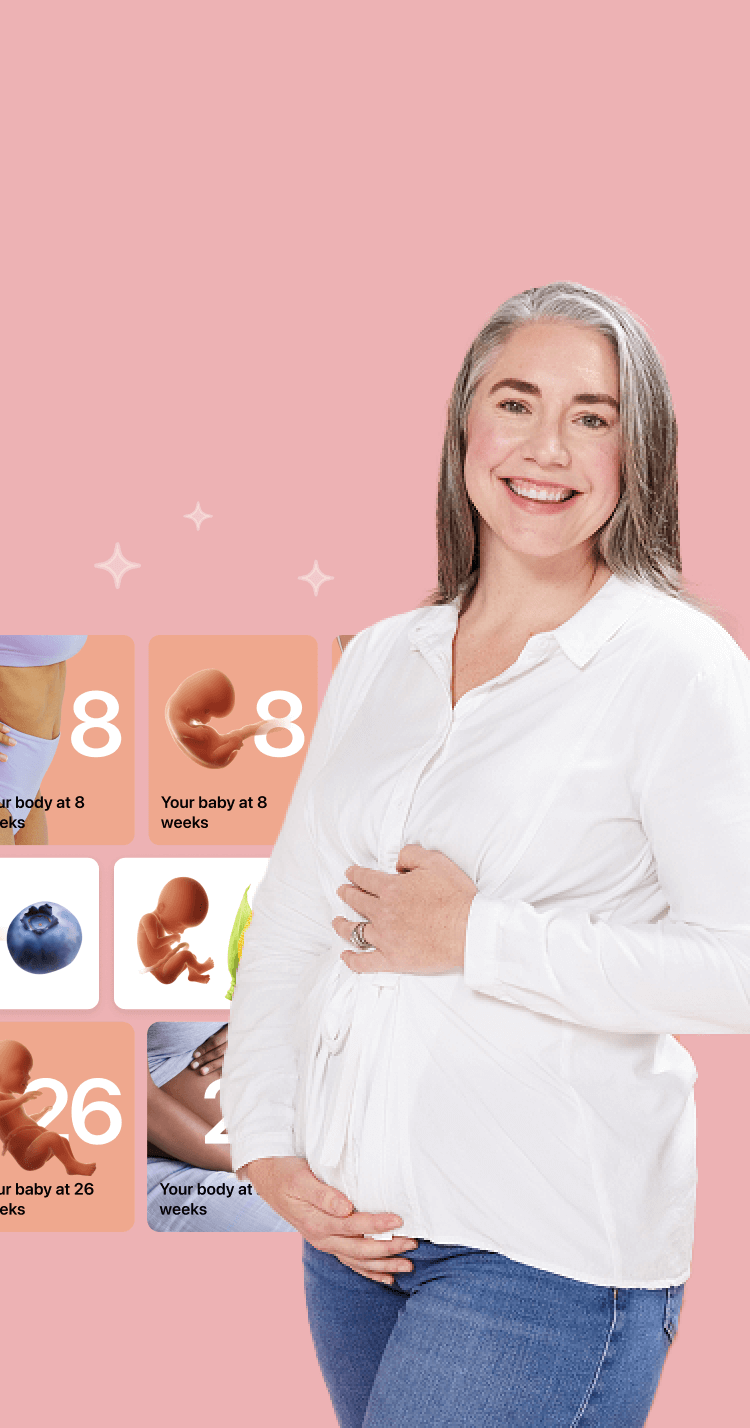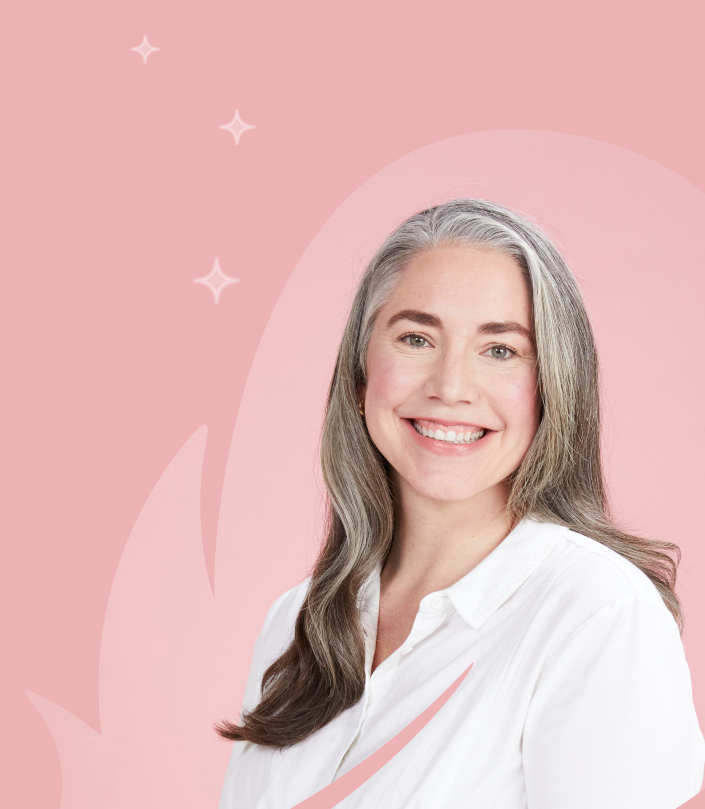-
Tracking cycle
-
Getting pregnant
-
Pregnancy
-
Help Center
-
Flo for Partners
-
Anonymous Mode
-
Flo app reviews
-
Flo Premium New
-
Secret Chats New
-
Symptom Checker New
-
Your cycle
-
Health 360°
-
Getting pregnant
-
Pregnancy
-
Being a mom
-
LGBTQ+
-
Quizzes
-
Ovulation calculator
-
hCG calculator
-
Pregnancy test calculator
-
Menstrual cycle calculator
-
Period calculator
-
Implantation calculator
-
Pregnancy weeks to months calculator
-
Pregnancy due date calculator
-
IVF and FET due date calculator
-
Due date calculator by ultrasound
-
Medical Affairs
-
Science & Research
-
Pass It On Project New
-
Privacy Portal
-
Press Center
-
Flo Accuracy
-
Careers
-
Contact Us
When Do Fontanelles Close? Soft Spots on Babies' Heads Explained


Every piece of content at Flo Health adheres to the highest editorial standards for language, style, and medical accuracy. To learn what we do to deliver the best health and lifestyle insights to you, check out our content review principles.
What is a fontanelle?
An infant's skull has six main bones and is held together by tissues called sutures. A fontanelle is a small separation between the sutures. These six openings are commonly referred to as soft spots. Soft spots are absolutely normal and allow the bones in the head to overlap during delivery. They also allow space for your baby's brain to grow and develop.
Bulging fontanelle
A bulging fontanelle is a medical emergency. This bulging can be caused by fluid in the brain (hydrocephalus); inflammation of the membranes surrounding the brain (meningitis, usually caused by a viral or bacterial infection); inflammation of the brain (encephalitis, mainly caused by viral infection); and shaken baby syndrome (brain injury from violent shaking).
Sunken fontanelle
A noticeable inward curve is known as a sunken fontanelle. Several conditions can cause a sunken fontanelle, including dehydration, failure to thrive, a severe form of malnutrition called Kwashiorkor, toxic megacolon (a rare complication of inflammatory bowel syndrome), and diabetes insipidus (when the kidneys can't conserve water when filtering blood).
When do fontanelles close?
Babies are usually born with six fontanelles. They are in different places around the skull and close at different times throughout childhood. The posterior fontanelle usually closes first, followed by the sphenoidal fontanelles, mastoid fontanelles, and anterior fontanelle.
Posterior fontanelle
The posterior fontanelle is on the upper, rear part of the baby's head. This fontanelle is at the intersection of three different bones. The posterior fontanelle generally closes between 6 weeks and 3 months after birth. It is the first to close.
Sphenoid fontanelle
There are two sphenoid fontanelles on either side of the baby's head near their temple. These fontanelles typically close by the time your baby is six months old.
Mastoid fontanelle
These smaller gaps, known as the mastoid fontanelles, are on both sides of your baby's skull just behind their ears. These fontanelles will close between 6 and 18 months.
Anterior fontanelle
The anterior fontanelle is the largest soft spot. It is in the upper, front portion of your baby's head at the junction of three different sutures. The anterior fontanelle generally closes between 18 and 36 months of age. It is the last to close.
Keep in mind that these closing estimates are averages. Every baby is different!

Try not to worry too much about your baby's fontanelles. You don't have to take any particular precautions when touching their head, washing their hair, or dressing them. Just be gentle when going over these areas.
Your baby's fontanelles should look flat against their head. They shouldn't be bulging or sunken. There are times when your baby's fontanelles may appear swollen. This can occur when you lay your baby flat on their back, when they are vomiting, or if they are crying.
When your baby stops crying or is upright again, this should subside. Your baby's fontanelles can appear to pulsate with their heartbeat. This is completely normal and is more visible if your baby has light-colored or little hair.
When to see a doctor
If your baby has a bulging or sunken fontanelle, you need to contact their doctor immediately. This could be a sign of a medical emergency.
Soft spots are a natural part of child development. They will eventually close by the time your child is about around two years old, but every child is different. These openings allow for rapid brain growth and development during infancy. Remember that fontanelles are completely normal and require no specific care other than being gentle.
Take a quiz
Find out what you can do with our Health Assistant


Hey, I'm Anique
I started using Flo app to track my period and ovulation because we wanted to have a baby.


The Flo app helped me learn about my body and spot ovulation signs during our conception journey.


I vividly
remember the day
that we switched
Flo into
Pregnancy Mode — it was
such a special
moment.
Real stories, real results
Learn how the Flo app became an amazing cheerleader for us on our conception journey.




